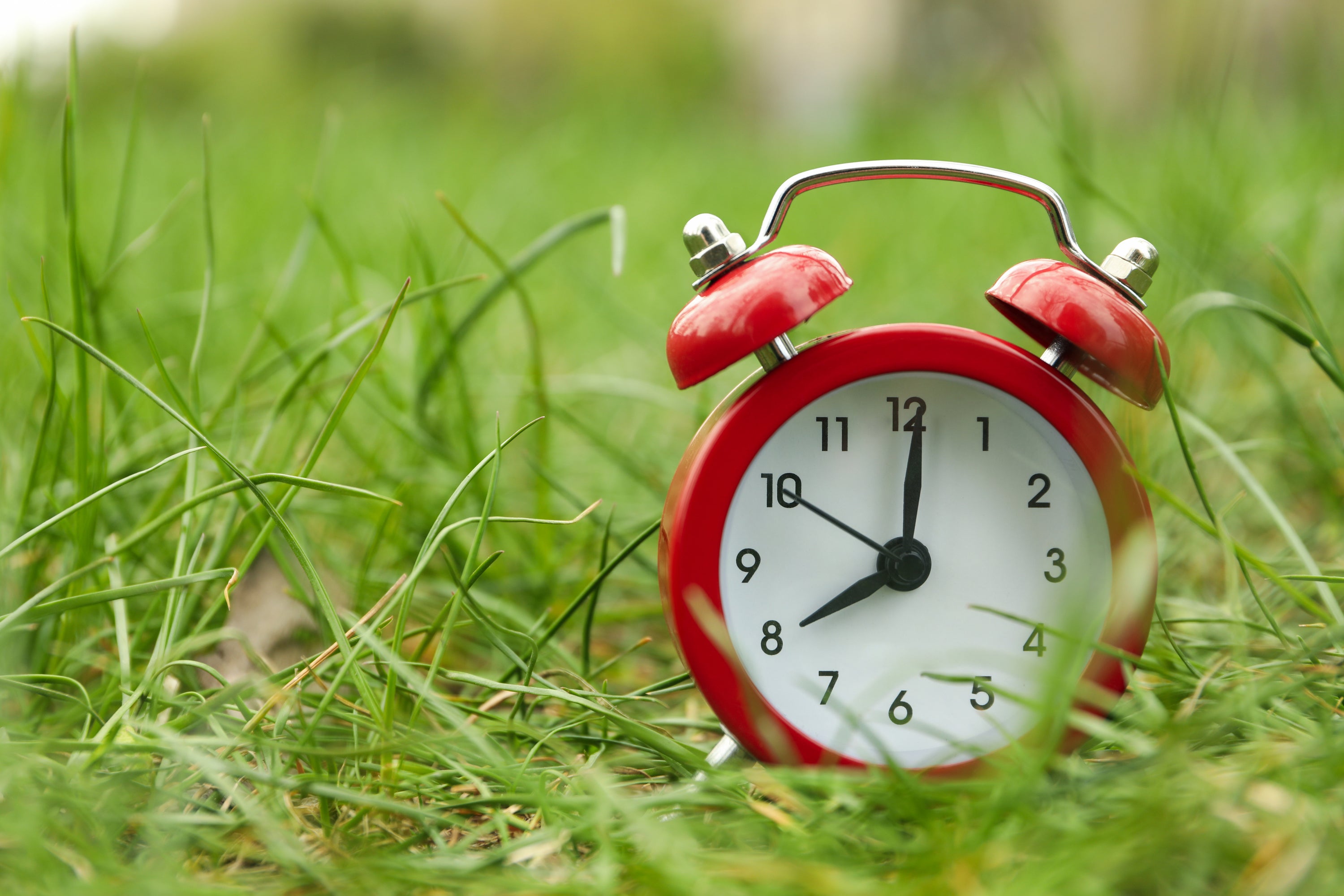Introduction:
Welcome, fellow seekers of knowledge, to the enlightening world of light therapy! Today, I invite you on a journey to understand the optimal time to utilize light therapy for maximum benefits. In particular, we'll delve into why morning and early afternoon are the prime periods to harness the power of light, while cautioning against its use leading up to bedtime. So, let's shed some light on this fascinating topic!
I. The Science Behind Light Therapy:
Light therapy, also known as phototherapy, is a non-invasive approach that utilizes specific wavelengths of light to stimulate biological processes within our bodies. With its roots in ancient civilizations, light therapy has evolved over time and garnered considerable attention for its therapeutic potential in treating a range of conditions..
A. Understanding Light's Impact on Our Circadian Rhythm:
Light plays a pivotal role in regulating our circadian rhythm, the internal clock that governs our sleep-wake cycle and various physiological processes. The primary driver of our circadian rhythm is the suprachiasmatic nucleus (SCN), a tiny region in the hypothalamus of our brain that responds to light and controls our internal clock. When light enters our eyes, specialized cells called melanopsin-containing retinal ganglion cells (mRGCs) send signals to the SCN, setting off a cascade of hormonal and neurological responses.
B. The Role of Blue Light in Sleep Disruption:
One specific wavelength of light, blue light, has gained significant attention due to its potential impact on sleep quality. Blue light is prevalent in sunlight and is also emitted by electronic devices such as smartphones, tablets, and computer screens. Exposure to blue light, especially in the evening and nighttime, can suppress the release of melatonin, a hormone that promotes sleep. Consequently, prolonged exposure to blue light before bed can disrupt our sleep-wake cycle, leading to difficulties falling asleep and achieving restorative rest.
C. Red Light and NIR Light: A Different Perspective:
While it is true that red light and NIR light have not been found to disrupt sleep cycles in the same manner as blue light, it is important to note that this does not automatically make them the optimal choices for use before bedtime. While red light therapy has some mixed studies in improving sleep quality, the ideal timing for its application may still be earlier in the day rather than right before sleep, especially high intensity routines.
II. Morning and Early Afternoon: The Optimal Time for Light Therapy:
Now that we understand the science behind light therapy and its impact on our circadian rhythm, let's explore why morning and early afternoon are the optimal periods to reap the benefits of light therapy.
A. Maximizing Natural Synchrony:
Our bodies are naturally attuned to the light-dark cycle of our environment. Exposure to bright light in the morning helps synchronize our circadian rhythm with the external world. By exposing ourselves to light therapy during the morning and early afternoon, we align our internal clock with the natural progression of the day, optimizing our alertness and performance.
B. Energizing and Uplifting Effect:
Light therapy has been found to have an energizing effect, boosting our mood and cognitive performance. By receiving light therapy in the morning or early afternoon, we can take advantage of this natural uplift, enhancing our focus, productivity, and overall well-being throughout the day.
C. Enhancing Sleep Quality:
Contrary to the negative effects of blue light before bed, certain wavelengths of light, such as red light and near-infrared (NIR) light, have been shown to promote restful sleep without disrupting our circadian rhythm. Red light therapy, in particular, has been studied extensively for its potential to enhance sleep quality and reduce sleep disturbances. By utilizing light therapy earlier in the day, we can enjoy its sleep-enhancing benefits without compromising our ability to fall asleep at night.
III. Tips for Optimal Light Therapy Practice:
To ensure you make the most of your light therapy sessions, here are some tips to keep in mind:
-
Invest in a High-Quality Light Therapy Device: Choose a light therapy device that emits the desired wavelength(s) of light and meets the necessary safety standards. Consult with a healthcare professional or reputable manufacturers to find the most suitable option for your needs.
-
Follow the Recommended Exposure Guidelines: Different light therapy devices may have specific recommendations for duration and distance. Adhere to these guidelines to maximize the benefits while minimizing any potential risks.
-
Consistency is Key: Establish a regular light therapy routine by integrating it into your morning or early afternoon activities. Consistent exposure to light therapy at the optimal time will yield more significant and long-lasting results.
-
Avoid Late-Day Light Therapy: Refrain from using light therapy devices within a few hours of bedtime, as it may interfere with your natural sleep-wake cycle and delay the onset of sleep.
-
Individualize Your Approach: Every individual is unique, and their response to light therapy may vary. Experiment with different durations, distances, and wavelengths to determine the ideal protocol that works best for you.
Conclusion:
As we conclude our exploration of the optimal time to use light therapy, we have learned that morning and early afternoon are the prime periods for harnessing its immense benefits. By taking advantage of light therapy during these times, we align our circadian rhythm, boost our energy levels, uplift our mood, and enhance our cognitive performance. Importantly, utilizing red light and NIR therapy during these periods can also improve our sleep quality without disrupting our ability to fall asleep at night.
Remember, light therapy is a powerful tool, but like any therapeutic modality, it should be approached with knowledge and care. Consult with healthcare professionals, follow recommended guidelines, and personalize your approach to maximize the positive impact of light therapy on your life.
So, rise and shine, embrace the morning light, and let light therapy illuminate your path to optimal health and well-being!


